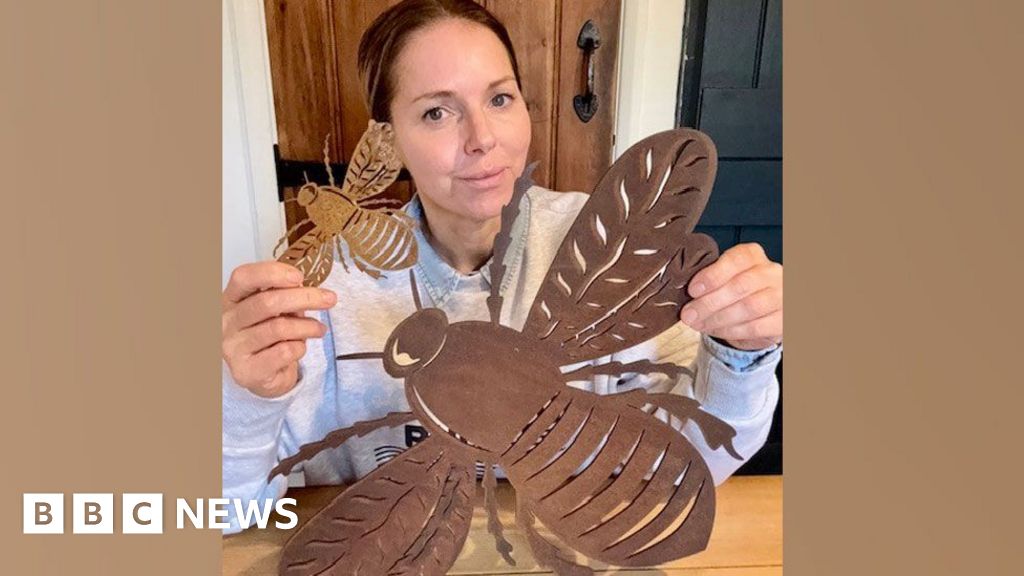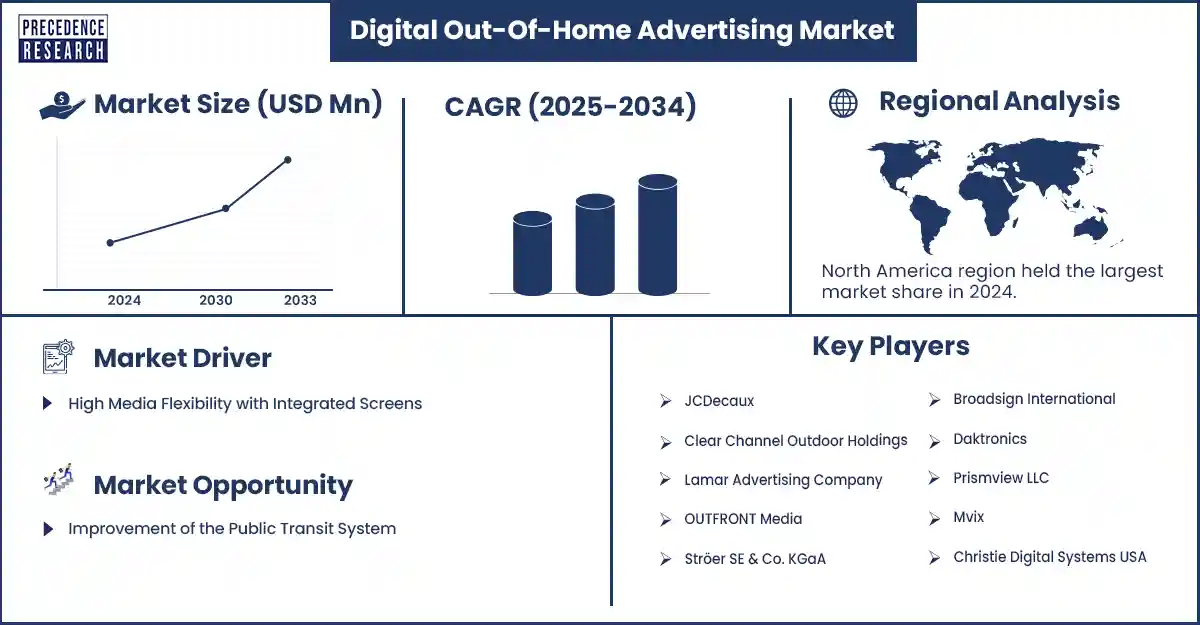More tariffs, less certainty. What can you do to fortify your design business now?

Since April, the looming threat of tariffs has tested designers’ ability to stay nimble in the face of changing prices. President Trump’s latest announcement—implementing 50 percent tariffs on kitchen and vanity cabinets, as well as 30 percent levies on upholstered furniture—only means more uncertainty for your business in the near future.
How should you talk about tariffs with your clients? Straightforwardly and immediately.
Discussing money is one of the most challenging topics for most designers. But it’s also essential: Avoiding the conversation will only result in less trust and more grumpy clients. It’s time to get gritty and address the issues directly. Here’s how to get started.
Communicate and Document
Start with a phone call, Zoom or in-person conversation with your clients to discuss the impact of the tariffs on their project.
Then follow up in writing. Here’s what our attorney approved for our clients: “Given current economic uncertainty, the Company ([insert your company name]) may, at any time prior to the shipment and upon written notice to Buyer, adjust prices to accommodate price increases related to tariffs.” Please review this phrase with your own attorney, as they may prefer different wording—but do make sure you’ve added something to protect your firm.
Prepare for Business Impacts
This week’s news will be the latest domino to fall after a modest interest rate cut, rising inflation, and the likely delay of the jobs report, not to mention the government shutdown. If your clients are closely following the ups and downs of their investment accounts, they may be feeling especially cautious right now.
If you are early in the design phase with your clients, be prepared for some of those projects to pause or cancel. Even more important: Make sure you know what the financial impact will be if that happens. Projects with the affluent will be affected, but less so than the mid-level or lower-end projects.
Now is an excellent time to consider who your ideal client is. If you’ve been attracting lower-tier projects, think about upleveling and focusing on the segment that is less impacted by market volatility. Affluent clients may temporarily scale back on their spending, but eventually they will resume—even when the economy is uncertain—because they have the assets to weather the storm. Still, it’s important to anticipate that all clients will be more conservative during these times.
Which kinds of firms are doing well now?
- Designers in resort areas who cater to clients with multiple homes.
- Designers who have multiple revenue streams, such as senior living housing or vacation rental design.
- Firms that have consistently invested time and money in marketing and business development.
- Firms that are focused on net profit instead of revenue, which have higher markups (as much as 100 to 200 percent), higher hourly rates ($200-plus per hour), and better gross margins (50 to 60 percent due to better manufacturer discounts).
- Design firms that are focused on key performance indicators, such as the productivity of their team: For example, your designers should be 75 to 80 percent billable. A designer who works full-time (1,920 hours after subtracting 10 vacation days and 10 holidays) should bill 1,440 to 1,536 hours per year.
Strategies for Sustainability
Remember that you are running a business that happens to be providing design services. Though you may have gotten into design to be creative, the number one goal of any company is to make a profit—and you deserve to earn a great living considering how hard you work.
Here’s a checklist to ensure that you’re on track for long-term success:
- Understand and review your financial statements (P&L and balance sheets) at least monthly.
- Work with your bookkeeper to create and maintain a cash flow projection. When you see the cash flow turn negative in future months, that means it’s time to market aggressively.
- Market when you’re the busiest.
- Your design fees should pay for your overhead. If they are not, you’re not billing enough.
- Avoid fixed-fee contracts unless you know how to price a project to allow for indecisive clients, scope creep and accurate team productivity levels, meaning you know with great accuracy how long it will take to do a project. (Don’t underestimate the propensity to overdeliver—and underbill as a result. All firms that favor fixed fees whose financials I’ve evaluated average about 50 percent of what they should be billing for fees.)
- Track your time. Most founders are terrible at tracking their time, even though their time is billed at the highest rate and that billing is essential for maximum profitability.
- Maintain a six-month reserve in a savings account that covers 50 percent of your overhead expenses (preferably 12 months during times of uncertainty).
- Never draw out of your account more than 50 percent of net profit. The other 50 percent should be kept in a tax savings account or untouched reserve account.
- Track and calculate the return on investment for each marketing tactic that you use. For example, if you spend $5,000 on advertising, do you ultimately receive at least $10,000 in profit from a client who hired you after seeing an ad? That would equate to a 200 percent ROI.
- Dial in your processes, procedures and systems. They are the key to productivity.
The bottom line? Use today’s tough conditions as the motivation to tune up your business and prepare for what happens outside of your control.
For more information on the state of the design industry today and how to position yourself for success, download the 2024 Interior Design Business Survey report, which is produced by Pearl Collective, Interior Talent and Business of Home.
____________
Gail Doby is co-founder of Pearl Collective (formerly Gail Doby Coaching & Consulting), an interior design business consultancy that helps designers, architects and other creatives increase their profitability. Doby ran her own design firm in Denver for nearly 20 years and has a degree in finance and banking. Since 2008, she has been helping designers scale their businesses profitably and reach financial freedom. As a coach, mentor and business transformation specialist, she shares innovative ways to overcome the roadblocks, challenges and detours creative entrepreneurs face. She is also the bestselling author of Business Breakthrough: Your Creative Value Blueprint to Get Paid What You’re Worth. Her goal is to empower design industry clients to differentiate themselves, drive measurable results, achieve business projections, and create personal satisfaction through game-changing strategies and business practices.
link






